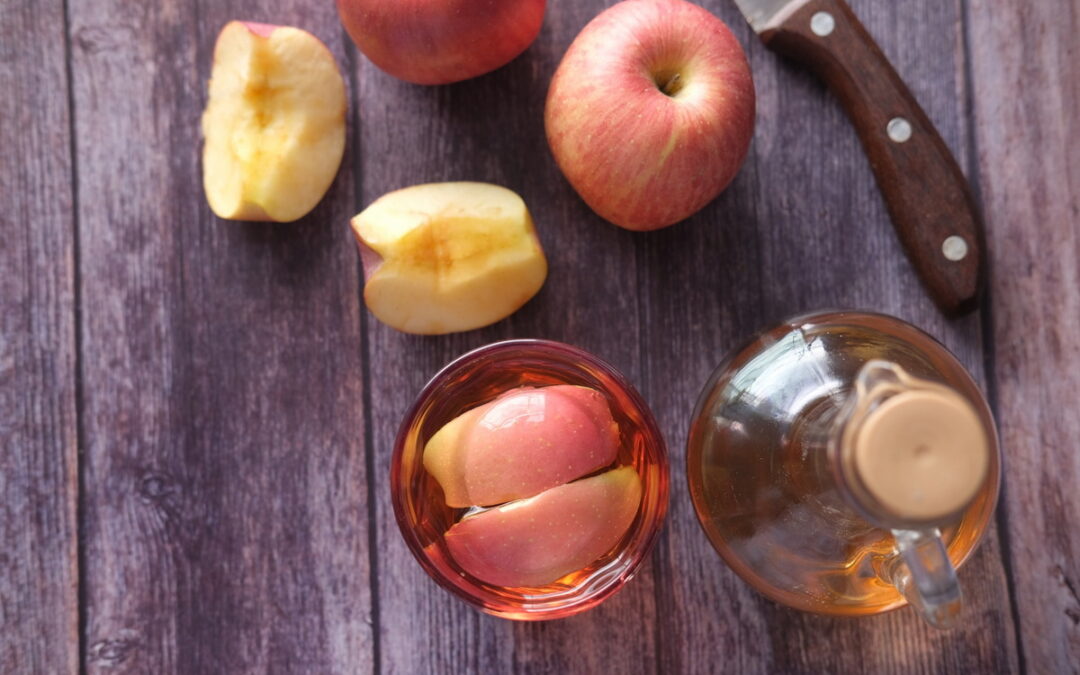
Top Ten Reasons to Take a Wedding Shuttle Bus
Top 10 Reasons to Take a Wedding Shuttle Bus
Why take a shuttle? It’s your wedding and you want the best: the best venue, the perfect ceremony, and a party you’ll never forget. This is your once in a lifetime after all! You want your guests to talk about this event for years!
Taking a wedding shuttle bus, especially the Cheers Cowichan bus, is an easy, worry-free way to make sure guests get to where they need to be on time and in comfort.
Here are the top 10 reasons to take a wedding shuttle bus.
1. It’s Safe
Safety is the most important reason to use the services of a wedding shuttle bus. It’s your special day and you want only the best memories associated with your wedding. Having a shuttle bus means your guests won’t be drinking and driving. They and you, can really enjoy the reception knowing they have a safe ride home. The responsibility shifts to the shuttle bus driver and we’ve got the best!
If your wedding is at a large venue, be aware that many venues now require shuttle buses for insurance purposes. Even for a smaller more intimate wedding, having a shuttle bus protects homeowners from being responsible for the actions of those that have had a few too many after leaving their personal property.
2. It’s Convenient
What could be more convenient for you and your guests than having them picked up by a wedding shuttle? No worries about guests getting lost or being delayed getting to the ceremony or the reception. And no arguments about who will be the designated driver! The shuttle bus picks them up and drops them off when and where they need to be.
3. No Parking Problems
No car. No parking. No problem! Parking can be a real challenge in some locations, especially if you’ve chosen a unique, off the beaten track site. With a shuttle bus, guests don’t have to worry about driving around looking for a parking spot that’s not a 10-minute walk to the venue, and what if it’s raining or you’re carrying a wedding gift? The shuttle will drop them off at the door, avoiding the walk, the weather, and the hassle of parking.
4. It’s Comfortable
A wedding shuttle bus provides a comfortable way for guests to travel to your wedding in style. Buses are climate controlled, have comfortable seating, and provide amenities such as Bluetooth connections for your favourite playlists. Travelling by shuttle ensures the guests get to the wedding in a comfortable, stress-free atmosphere.
5. It’s Environmentally Friendly
Want to feel even better about your wedding? How about taking more than 30 cars off the road? Taking a wedding shuttle to transport a large group of people is the environmentally friendly option. By removing all those cars driving to the wedding venue from the road, carbon emissions are reduced and Mother Nature thanks you!
6. It’s Better for Traffic
Multiple cars on the road all going to the same place means more traffic congestion and more chances of traffic jams and fender benders. Taking a shuttle bus smooths away these potential bumps in the road!
7. It’s Cost-Effective
Are you having a destination wedding? Are guests coming from out of town? A shuttle bus transports a large group of people at once, saving money for guests who would otherwise have to rent a vehicle or take a cab.
8. Increased Attendance
A wedding shuttle bus can also increase attendance at the wedding. Guests who may not have been able to attend because of transportation issues can now be there for your special day because there is a shuttle bus available.
9. It Provides Unique Photo Ops
As wonderful as your formal wedding photos will be, nothing quite beats the candid, unposed selfie for catching the spirit and joy of the day. The shuttle bus can provide great photo opportunities. Guests can take photos of themselves and others on the bus, and the bus itself can be a unique backdrop for wedding photos, adding a fun and interesting element to the pictures.
10. It Bonds Yours Guests
Last but certainly not least, taking a wedding shuttle bus can provide a great bonding experience for your guests. It extends the wedding experience to include the journey. Chatting with one another, taking photos, practising speeches, all help to promote a sense of camaraderie among your guests.
When planning your wedding, consider arranging for a wedding shuttle bus to make your guests feel as special as you do.






